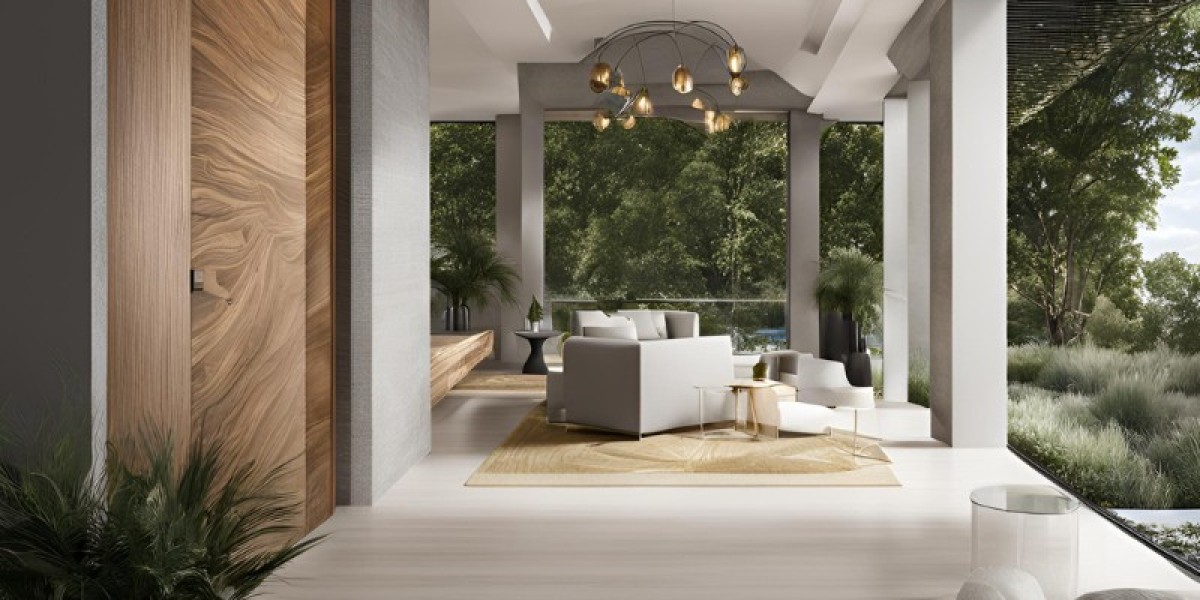In the ever-evolving world of architecture and design, 3D house rendering has emerged as a revolutionary tool that transforms concepts into captivating visual narratives. This process involves creating photorealistic images of residential properties using advanced computer graphics technology.
With the ability to provide a comprehensive and immersive view of a project, 3D house rendering not only enhances communication between architects, clients, and builders but also aids in marketing and presentations.
Whether you are an architect looking to elevate your designs or a homeowner seeking to visualize your dream home, understanding 3D house rendering will empower you to make informed decisions and effectively communicate your vision.
What is 3D House Rendering?
3D House Rendering refers to the process of creating three-dimensional visual representations of a house or building design using specialized software. Unlike traditional 2D drawings or architectural sketches, which depict only the dimensions and layouts in flat formats, 3D rendering provides a more realistic and immersive view of the structure.
This technique allows designers and clients to visualize the spatial relationships, materials, and lighting in a way that flat drawings cannot convey.
The difference lies in the depth and detail that 3D renderings offer, enabling stakeholders to experience a design more interactively and intuitively.
Types of 3D House Rendering
Here’s a structured breakdown of the types of 3D house rendering, each presented in separate paragraphs:
Exterior rendering
Exterior rendering involves creating realistic visualizations of a house's outer design. This type of rendering highlights various architectural styles, materials, and landscaping elements, allowing clients to see how the building will fit within its environment.
Interior Rendering
Interior rendering focuses on showcasing the internal layouts and design elements of a space. It highlights key aspects such as furniture arrangement, color schemes, and decorative elements to create an inviting atmosphere. Techniques like photorealistic rendering, which incorporates accurate lighting and shadows, are used to showcase the interplay of colors and materials in a room.
Floor Plan Rendering
Floor plan rendering provides a three-dimensional view of a building’s layout, helping clients visualize the spatial relationships between different areas. This rendering technique is beneficial in understanding the flow of spaces before construction begins, allowing for modifications to be made based on client feedback.
Virtual Tours
Virtual tours are an innovative tool in the real estate industry that allows potential buyers to explore a property remotely. These immersive experiences use advanced technology, such as 3D modeling and virtual reality, to create interactive environments that simulate walking through a space.
The 3D Rendering Process
Here's a breakdown of the 3D rendering process, formatted into separate paragraphs for clarity:
Step 1: Conceptualization
The first step in the 3D rendering process involves understanding the client’s needs and project goals. This phase is crucial for establishing a clear vision and direction for the project. Initial sketches and brainstorming sessions are conducted to explore various ideas, allowing the creative team to align on a concept that meets the client’s expectations.
Step 2: Modeling
Once the concept is defined, the next step is modeling, where a 3D model is created using specialized software. This phase transforms ideas into a tangible digital representation. Popular software options for modeling include SketchUp, Revit, and 3ds Max, each offering unique tools and features to facilitate the modeling process.
Step 3: Texturing and Lighting
In this step, textures are applied to the 3D model to enhance realism. The choice of textures plays a significant role in how the final render will look. Additionally, effective lighting techniques are employed to simulate natural and artificial light sources, adding depth and dimension to the scene. Realistic lighting can dramatically influence the mood and appearance of the rendered image.
Step 4: Rendering
Rendering is the process of generating the final image from the 3D model. This involves using rendering engines such as V-Ray or Lumion, which process the 3D scene and create photorealistic visuals. Various factors affect rendering time and quality, including the complexity of the scene, chosen settings, and the power of the hardware being used.
Step 5: Post-Production
The final step in the 3D rendering process is post-production, where rendered images are further enhanced using software like Photoshop. This phase allows artists to refine the final output by adjusting colors, contrast, and adding elements such as people, landscaping, and furniture. These additions contribute to the overall realism of the scene, making it more appealing and relatable to clients.
Common Uses of 3D House Rendering
3D house rendering is a powerful tool with diverse applications across various sectors, enhancing the visualization and communication of architectural ideas. In architectural visualization, it plays a critical role for architects and designers, allowing them to present their concepts realistically.
In the realm of real estate marketing, agents leverage 3D renderings to showcase properties, creating visually appealing listings that attract potential buyers. These renderings can highlight the unique features of a property, helping clients envision their future home and increasing the likelihood of a sale.
For home renovation projects, 3D rendering serves as an invaluable visualization tool for homeowners contemplating upgrades or redesigns. It allows them to experiment with different design elements, materials, and layouts before making financial commitments, ensuring that their vision aligns with practical execution.
In the context of urban planning, 3D renderings assist in the conceptualization of city layouts and community developments. Planners and stakeholders can visualize proposed projects within the existing environment, facilitating discussions and feedback from the community.
The End Note
3D house rendering has undoubtedly revolutionized the way architects, designers, and clients visualize and communicate their ideas. By transforming abstract concepts into stunning, photorealistic images, this technology enhances collaboration and understanding among all stakeholders involved in a project.
From exterior and interior renderings to detailed floor plans and immersive virtual tours, each type of rendering offers unique benefits that cater to specific needs, whether in residential design or real estate marketing.
The structured 3D rendering process—beginning with conceptualization and culminating in post-production—ensures that every detail is meticulously crafted, leading to a final output that is both realistic and engaging.
Ultimately, embracing 3D house rendering empowers architects and homeowners alike, allowing them to visualize their dreams with clarity and precision.
Whether you are an industry professional or a prospective homeowner, exploring the world of 3D rendering can lead to exciting possibilities and a deeper appreciation of the art and science of architecture.
Naijamatta is a social networking site,
download Naijamatta from Google play store or visit www.naijamatta.com to register. You can post, comment, do voice and video call, join and open group, go live etc. Join Naijamatta family, the Green app.
Click To Download


